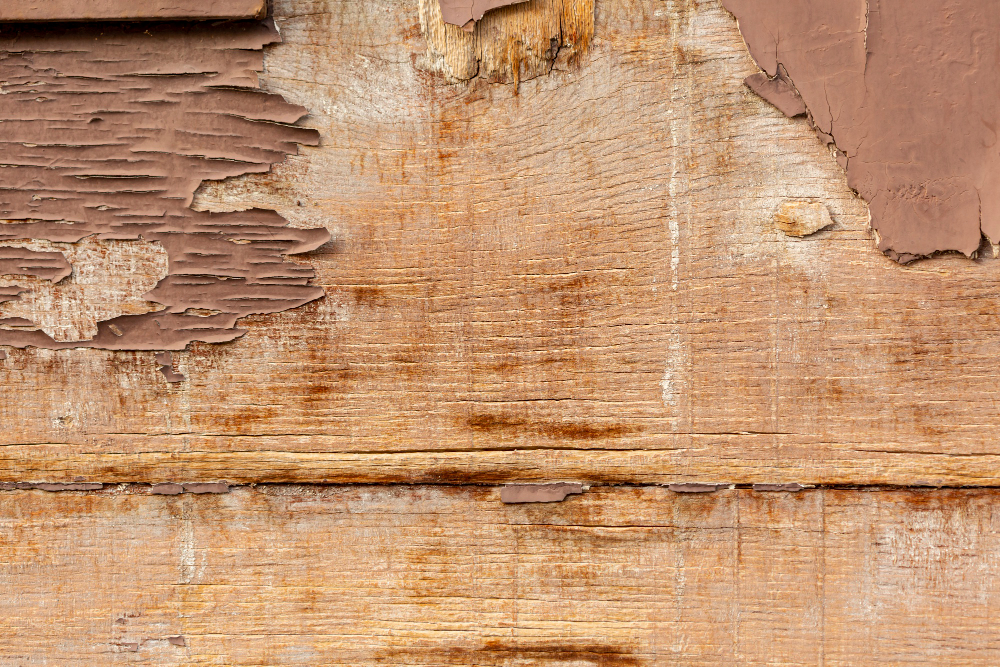To Paint or Not to Paint? A Painter's Guide to Decaying Wood

There's a perennial debate that surfaces whenever a homeowner spots a telltale sign of wood rot in their abode. Should you simply paint over it, or is there a more substantial remedy needed? It's a crucial question with a complicated answer, one that crosses into the fields of preservation, aesthetics, and the structural integrity of your home. In this primer, we'll walk through the nuances of dealing with rotted wood, offering clarity to homeowners and painting professionals alike.
Understanding Wood Rot
Before we can decide whether to paint over rot, it's essential to understand what it is. Wood rot, or decay, is the result of fungi that break down the fibers in wood, compromising its strength. There are several types of rot, each with varying degrees of severity, but common symptoms include discoloration, softness, and a musty smell. Rot can spread rapidly, particularly in moist or humid environments, and can lead to structural issues.
The Downsides of Painting Over Rotted Wood
While it might be tempting to ignore the issue and give the wood a fresh coat of paint, this approach is akin to putting a band-aid on a broken bone. Painting over rotted wood can lead to several problems:
- Continued Decay: If fungi are left to fester beneath the surface, they will continue to rot the wood from the inside out. Paint acts as a barrier that can trap moisture, creating an ideal breeding ground for decay organisms.
- Structural Compromise: Rotted wood is weaker than healthy wood and can compromise the structure of your home. Ignoring rotted wood in essential structural components like joists or beams can lead to dangerous conditions.
- Aesthetic Issues: Eventually, the decaying wood will no longer be able to support the paint, leading to peeling and unsightly patches. Addressing the rot at its source is the only way to ensure a long-lasting paint job.
The Right Approach to Rotted Wood
If you've identified rot, the best course of action involves several steps:
- Assessment: Determine the extent of the rot. Superficial damage might only require repairs; deeper issues might necessitate replacement.
- Removal: Cut out the rotted areas of the wood with a saw or chisel. Be sure to wear protective gear and take necessary precautions if working with a potentially hazardous material.
- Repairs: If the rot has not compromised the structural integrity of the wood, you can often use epoxy or wood filler to make repairs. Follow product instructions carefully for the best results.
- Replacement: If the rot is extensive or has rendered the wood unsalvageable, consider replacing the affected sections.
When Painting Is Appropriate
In some cases, particularly when dealing with surface rot that has been successfully treated and repaired, painting can be appropriate. However, it's crucial to take the right preparatory steps:
- Priming: Begin with a high-quality primer designed for use on damaged wood. This will help to seal the surface and provide a good base for the paint.
- Ventilation: Ensure the painted wood has adequate airflow to prevent moisture buildup.
- Regular Maintenance: Keep an eye on painted wood that has been repaired, especially in areas prone to moisture exposure. Regular maintenance will help you catch any new signs of decay early.
Conclusion
Wood rot is a serious issue that should never be taken lightly. While painting can be part of the solution in some cases, it should only come after thorough assessment and appropriate repairs. By understanding the risks of masking decay with paint, homeowners can make informed decisions that protect their investments and their safety. For professional painters in Orlando, FL, offering expert guidance and top-notch service, look no further than Lakestone Painting. They bring the experience and expertise needed to tackle rotted wood with a solution that goes beyond the surface, leaving your home looking great and structurally sound.